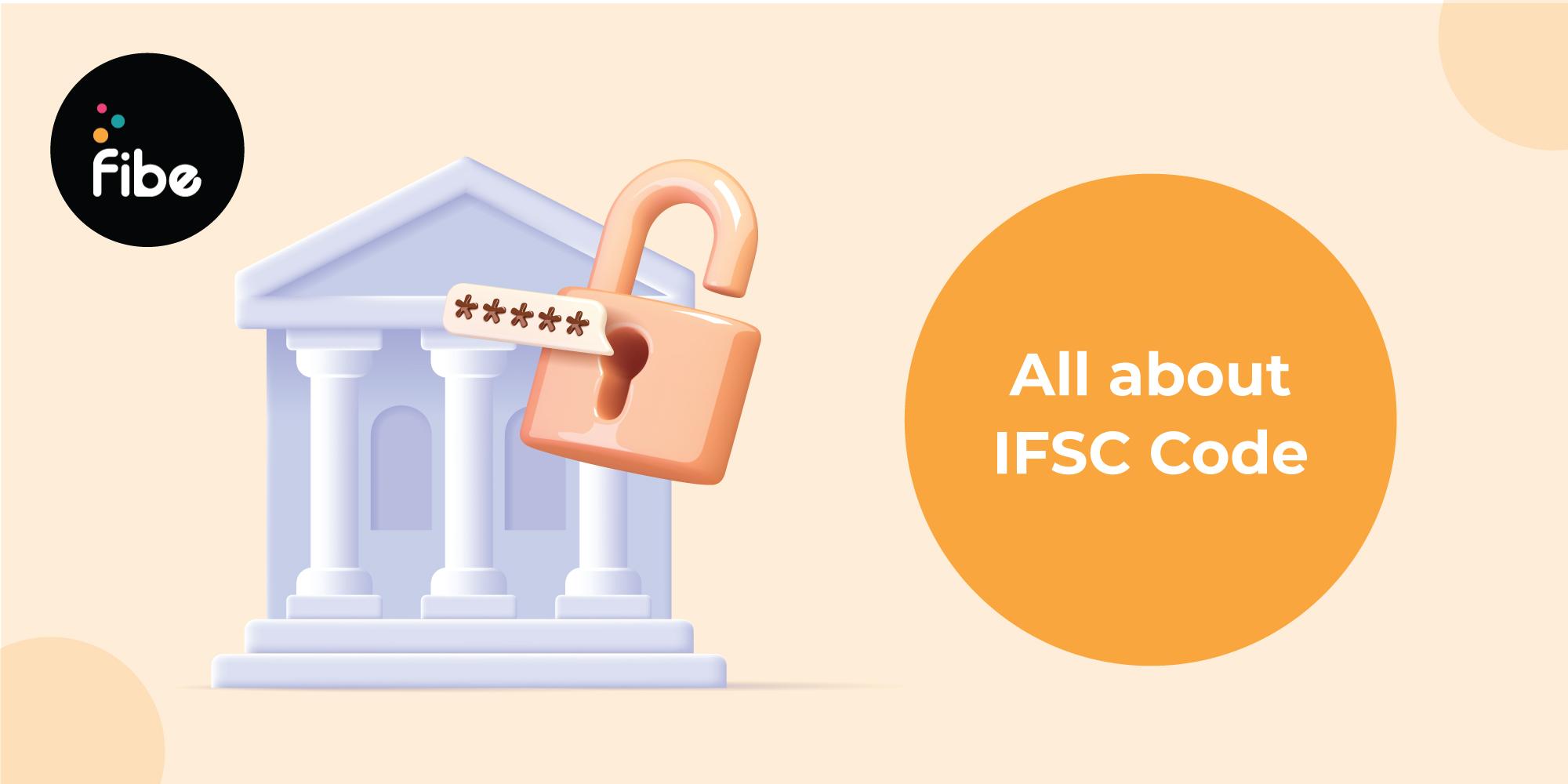
The Indian Financial System Code, the full form of IFSC, is an 11-character alphanumeric code used to make electronic payments. This code is unique to all banks that you can find on all account documents, such as cheque leaves, passbooks, account statements, etc.
Using this unique identifier, along with the account holder’s name and account number, you can send payments directly from your bank account to other bank accounts.
All bank branches use an 11-digit IFSC code assigned by the Reserve Bank of India (RBI). When initiating an electronic fund transfer, you need the beneficiary’s name, bank branch, account number and the IFSC number.
This code helps identify specific bank branches and ensures the payment gets transferred to the correct account. Moreover, it allows the RBI to track all digital payments.
The first 4 letters of the code indicate your bank name. So, if your bank name is ICICI Bank, then the first four characters of your IFSC code will be ICIC. The fifth character of the code is always a zero.
This is followed by the first six digits of your bank account number. For example, say your account number is 001547395. In this case, your bank branch’s IFSC code will be ICIC0000154. Using this format, you can verify your bank’s code effectively before making a fund transfer.
However, this formula for finding your IFSC code can be incorrect under certain conditions, such as in case you change your bank branch. Therefore, it is better to rely on your bank-related documents and the bank website to find the right code.
To better understand the role and meaning of IFSC, it’s vital to know how it facilitates digital transactions. Consider the beneficiary’s IFSC code is YESB0167349. This code helps the bank handling the fund transfer understand that the funds must get deposited in a YES Bank account.
Since there are multiple YES Bank accounts in the country, we must rely on the specific bank branch code for precision. So, the instruction is to transfer funds into a YES Bank account of the branch with a code of 167349.
Using the account number and the branch code, the bank can verify and execute the transfer to the right account.
Also Read: Best Banks for Saving Accounts
Wondering, ‘How can I find the IFSC code?’ Here are some ways to get the right code.
Knowing this information is helpful when executing your transactions, be it through the electronic mode or a cheque deposit. This is also important when you apply for a loan, as the lender may ask for your banking details and a blank cheque for loan disbursement.
If you require immediate funds of up to ₹5 lakhs, consider opting for the Fibe Instant Personal Loan. At Fibe, we provide a 100% digital lending process for a comfortable experience. In addition, you can enjoy competitive interest rates, swift disbursement, minimum documentation, hassle-free tracking, flexible tenure options and more. To get started, download our Personal Loan App or visit our website today.
An IFSC code is a unique 11-digit number used for online interbank fund transfers through NEFT, IMPS and RTGS. Here are a few ways you can find the code:
An IFSC code is mandatory to execute all interbank fund transfers. However, if you don’t have the beneficiary’s IFSC code, opt for a fund transfer through UPI.
To find IFSC from the account number, you need the following information:
According to the IFSC code format, the first characters of the code are your bank name, followed by a zero. Finally, the last six digits are your account number.
In case of the wrong IFSC code, your payment transfer will be rejected and the amount will be credited back to your account.